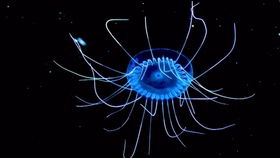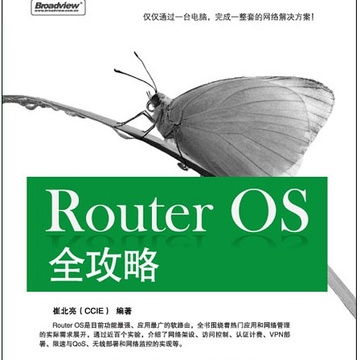Content:
As the sun dips below the horizon, casting a golden glow over the tranquil waters, the dedicated angler knows that the real challenge begins. Floating fish, those elusive creatures that dance just beneath the surface, present a unique set of challenges that require a blend of skill, patience, and a touch of madness. For the truly passionate angler, mastering the art of floating fish fishing is not just a hobby; it's a quest for the ultimate fishing experience. Here, we delve into the world of floating fish fishing, offering expert tips and techniques that will help even the most seasoned anglers catch these slippery targets.
Understanding Floating Fish Behavior
Before delving into the techniques, it's crucial to understand the behavior of floating fish. These fish are often found in shallow waters, where they feed on insects, small fish, and other aquatic life. They tend to be more active during the cooler parts of the day, such as early morning and late afternoon, and are known for their unpredictable movements. By observing their habits, you can better anticipate their strikes and position your bait accordingly.
Choosing the Right Equipment
The equipment you use can make or break your chances of catching floating fish. Here are some key components to consider:
Rod and Reel: A lightweight, flexible rod with a fast action is ideal for delicate presentations. A spinning reel with a smooth drag system is recommended for handling light line and light tackle.
Line: Use a monofilament line with a breaking strength of 4 to 6 pounds. This is light enough to avoid spooking the fish but strong enough to handle the fight.
Leader: A fluorocarbon leader of 6 to 12 inches in length will help you present your bait more naturally and reduce visibility to the fish.
Hook: A small, sharp hook, such as a size 8 to 10, is sufficient for most floating fish species.
Bait: Live bait, such as worms, minnows, or crickets, is often the most effective. Artificial lures can also be used, especially during times when live bait is scarce.
Techniques for Catching Floating Fish
Presenting the Bait: The key to catching floating fish is to present your bait in a way that mimics the natural movement of prey. Start by gently lowering your bait to the water's surface. Then, allow it to sink slowly, using a twitching or fluttering motion to mimic the struggling of an injured fish or an insect falling to the water.
Using a Popper: A popper is a specialized lure that creates a loud noise and a visible disturbance on the water's surface. This can attract the attention of floating fish and trigger a strike. Work the popper in short bursts, allowing it to rest on the surface before giving it another pop.
The Float Technique: Attach a float to your line and adjust it so that your bait is just above the water's surface. This technique allows you to control the depth of your bait and see the subtle movements that indicate a fish is interested.

The Jigging Technique: Jigging involves quickly lifting and dropping your bait in short, sharp movements. This creates a vibration that can attract the attention of floating fish. Use a slow and steady retrieve, pausing occasionally to allow the bait to settle.
The Patience Factor: Floating fish are often shy and cautious. It's important to be patient and wait for the right moment to strike. Avoid reeling in too quickly, as this can spook the fish.
Advanced Techniques for the Mad Angler
For those who are truly passionate about catching floating fish, there are several advanced techniques to consider:
The Scented Bait Technique: Adding a small amount of scent to your bait can increase its attractiveness to floating fish. Be sure to use a scent that is legal and safe for the fish you are targeting.
The Subsurface Technique: Sometimes, floating fish can be found just below the surface. In this case, you may need to adjust your technique to present your bait just above the water's bottom.
The Night Fishing Technique: Floating fish can be particularly active at night, so consider fishing under the moonlight for an entirely different experience.
The Multi-Rod Technique: Using multiple rods can increase your chances of catching floating fish. Set up your rods in different areas and keep an eye on each one, adjusting your techniques as needed.
In conclusion, catching floating fish is an art that requires a combination of skill, patience, and a willingness to experiment with different techniques. By understanding the behavior of floating fish, choosing the right equipment, and mastering the various fishing techniques, even the most passionate angler can become a master of the floating fish. So, grab your rod, tie on your line, and embark on a journey that will challenge and reward you in equal measure. Happy fishing!












